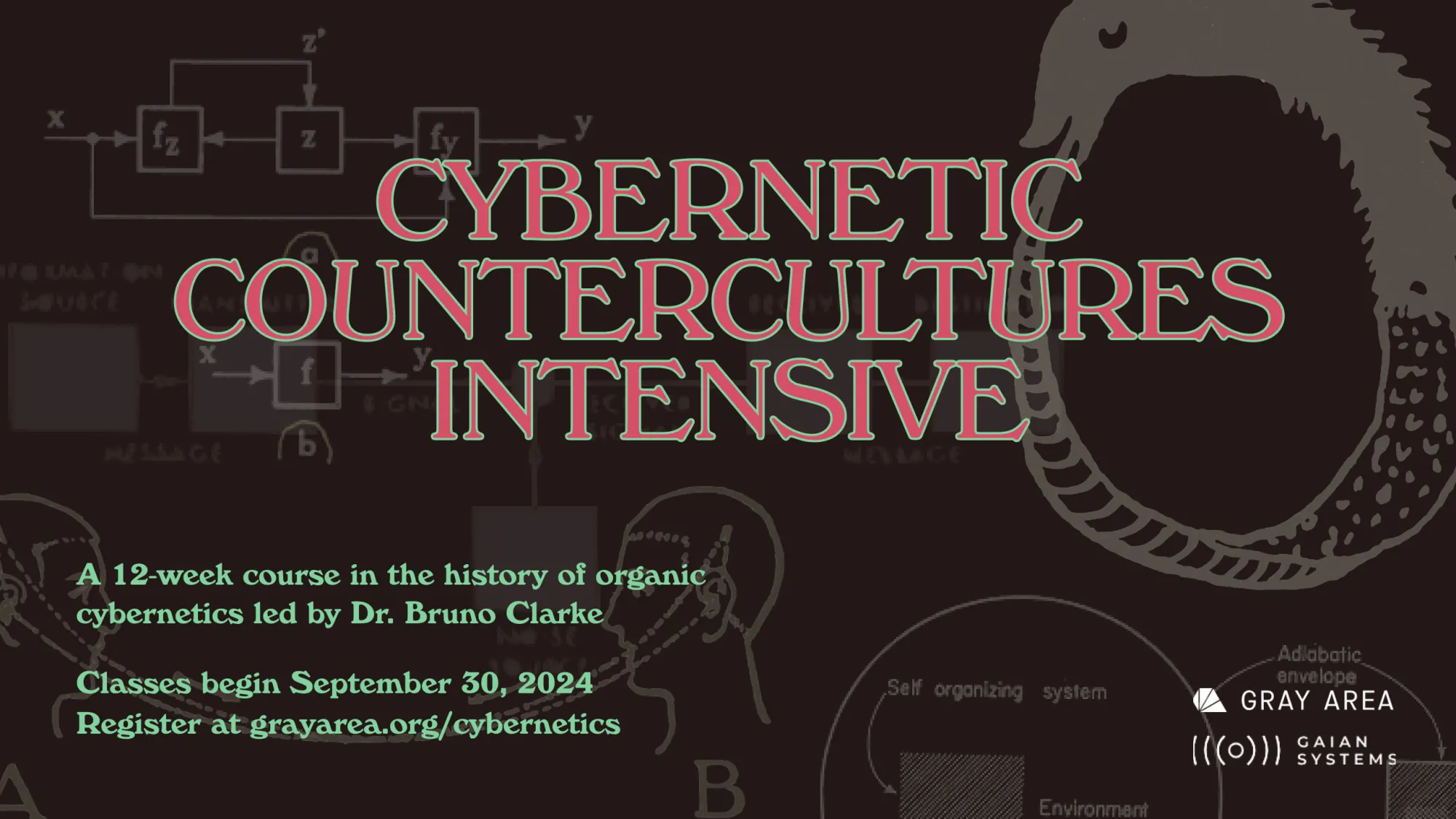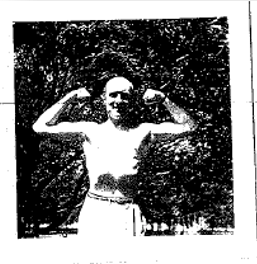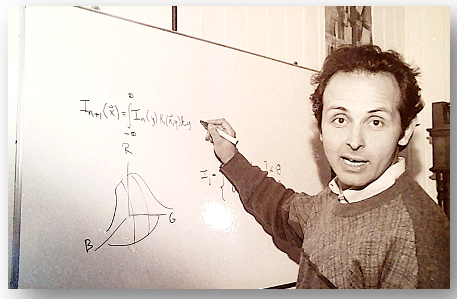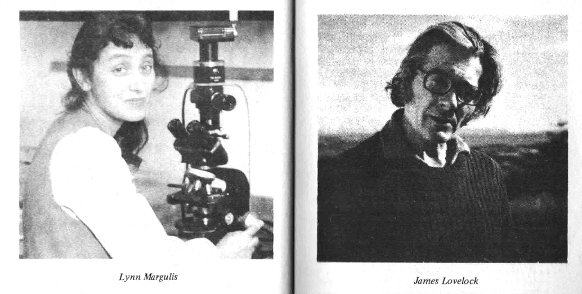Cybernetic Countercultures Intensive update

Bruno's quick update on this Gaian Systems project:

I've been "spelunking" the archives of the systems countercultures for a while now. These presentations are an opportunity to bring out some of what I've found and place these documents into the larger narrative of organic cybernetics.
For instance, check out a newspaper clipping and polaroid of Austrian emigre cyberneticist Heinz von Foerster, director of the Biological Computer Lab at the University of Illinois and progenitor of second-order cybernetics. When the lab opened in 1958, a reporter asked von Foerster why he called it a biological computer lab. Because, he said, he proposed to build a nonlinear computer whose response will depend on its own state. "Just as a person constantly changes through each contact, so will the neuron of the biological computer change. . . No one will ever be able to tell exactly how the machine actually works.” Heinz von Foerster in Urbana, Illinois, sometime in the 1950s:

Or this photo of his protege Francisco Varela, co-inventor of the concept of autopoiesis, calculating on some matter of color perception:

Or these headshots of the Gaian braintrust Lynn Margulis and James Lovelock in their 1975 article on the Gaia hypothesis published in CoEvolution Quarterly:

After Margulis and Lovelock met Varela and Maturana at a Lindisfarne Fellows meeting in the spring of 1981, she sent Varela a letter. . To quote from his reply to her in the Margulis Family papers, she had asked "about Microcosmos," her first effort to write a popular science book, and about "using autopoiesis as a guiding concept to understand life." Here is the heart of what we're calling the organic counterculture of cybernetics: the mutual resonance of the concept of autopoiesis as the form of life and the concept of Gaia as a planetary system.

Or, this remarkable clipping from Gregory Bateson's time in 1963-64 directing John Lilly's Communication Research Institute Dolphin Point Laboratory in St. Thomas, U.S. Virgin Islands. Bateson's style of empathetic observation of dolphin communication is of a piece with his ecological focus on relationship and context:

For the full immersion into the Cybernetic Countercultures, we hope to see you here. Our Info Session recorded on September 3 is viewable here.

Member discussion